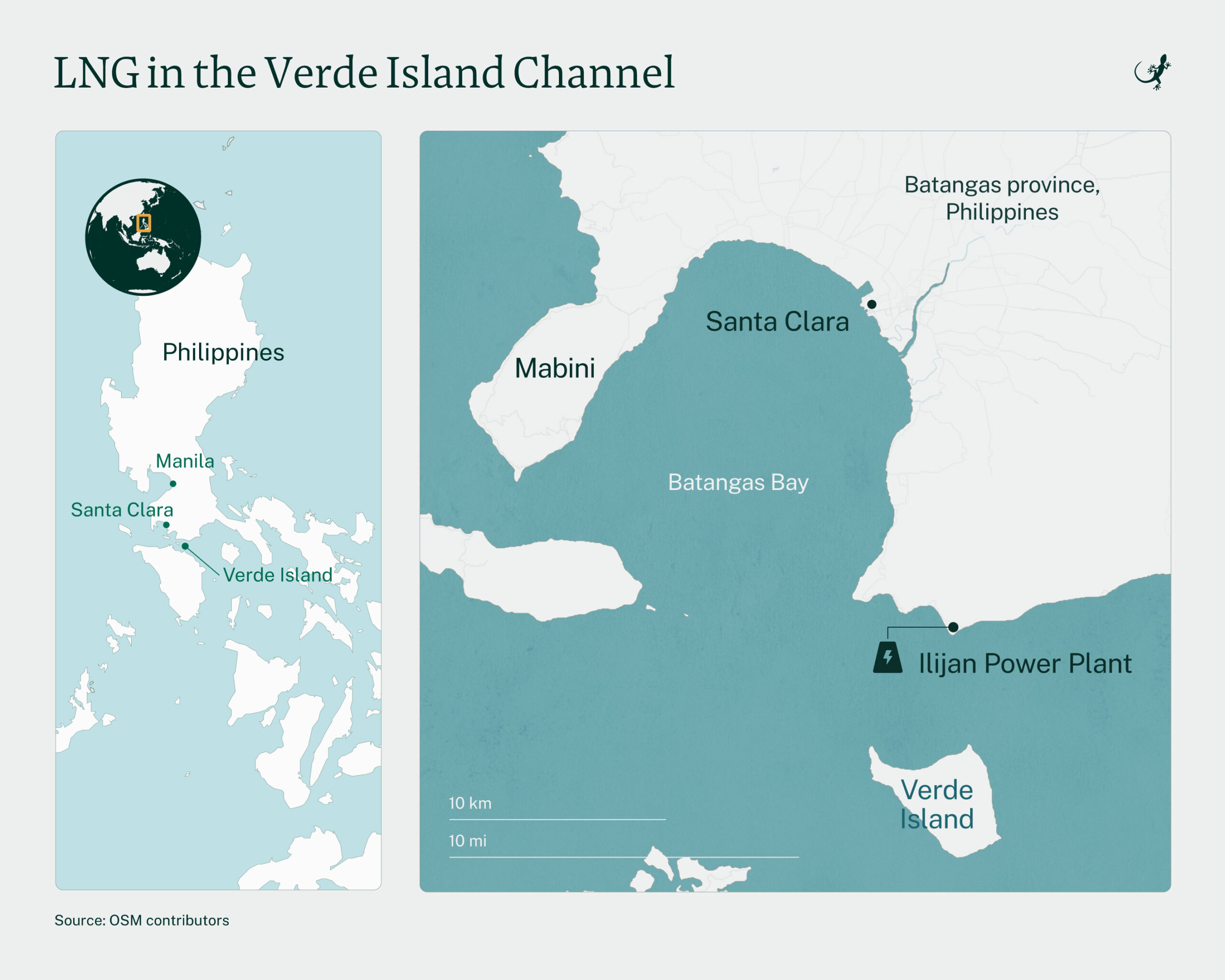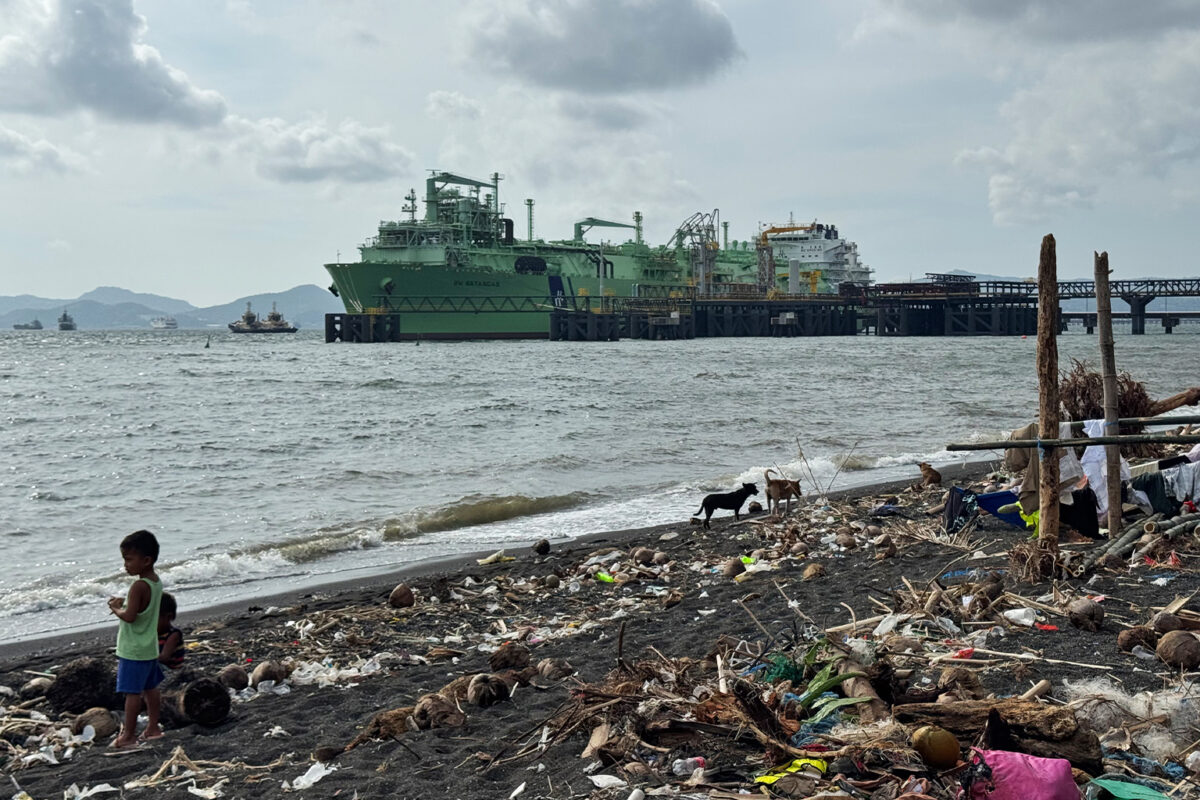Fishers in the Philippines’ Batangas Bay are struggling to make ends meet and feed their families as nearby coastal areas are developed into a natural gas import hub, Mongabay contributor Nick Aspinwall reported in July.
Families that have been fishing in Batangas Bay for years have been asked by local officials to leave to make way for the expansion of liquefied natural gas (LNG) plants in the area as the government eyes the development of a shipping “superhighway” for LNG, Aspinwall wrote.
“They told me, ‘Do not be an obstacle to the development of this town,’” Wilma Abanil, a resident of the fishing village of Santa Clara, told Mongabay.
The nearby Verde Island Passage is a known biodiversity hotspot and a frequent fishing location. But the construction of a large LNG terminal on the adjacent coast of Ilijan has seen armed security guards turning away fishers, who are prohibited from fishing within 300 meters (about 1,000 feet) of the terminal.
Jaime Ulysses Gilera, a fisher, said he hasn’t been able to catch much fish, with the waters off Ilijan now inaccessible. He also said sediment from the plant construction have worsened the condition of the nearby corals, which are already bleaching due to climate change.
According to Gilera, their fish catch has been reduced to just one-tenth of what they used to get 10 years ago.
“There will be a domino effect in the marine environment,” said Jayvee Saco, head of the Verde Island Passage Center for Oceanographic Research and Aquatic Life Sciences at Batangas State University, Lobo.
Saco said that with the sedimentation, rising temperatures and other stresses on the marine ecosystem, “There’s a high possibility of shifting from a coral reef area to a seaweed dominated area.”
Advocacy groups warn that crucial spawning grounds for fish are being heavily affected amid the construction of LNG terminals.

Aspinwall wrote that the Philippines has been investing heavily in LNG. President Ferdinand Marcos Jr. envisions the country as an LNG trading and transshipment hub for the region. Almost two dozen LNG terminals are planned along Batangas Bay and the Verde Island Passage, close to the capital, Manila.
While LNG burning is said to produce less air pollution than coal, it still has a huge carbon footprint across its entire production cycle.
“LNG is not a transition fuel. The carbon intensity is about the same as coal,” Kurt Metzger, head of the energy transition program at Singapore-based Asia Research & Engagement, told Aspinwall.
Read the full report by Nick Aspinwall here.
Banner image of a First Gen tanker off the shore of Santa Clara, October 2024. Image by Nick Aspinwall for Mongabay.
Source link
#Philippine #fishers #struggle #LNG #superhighway #cuts #biodiversity #hotspot
